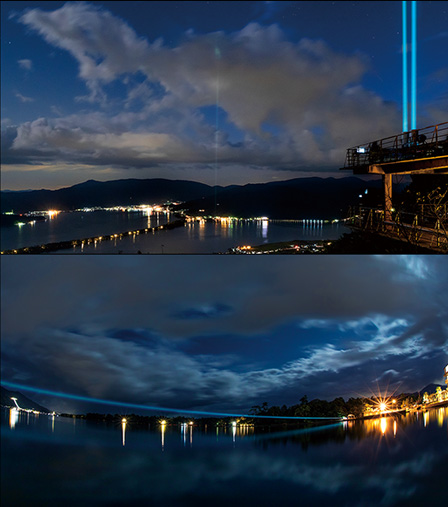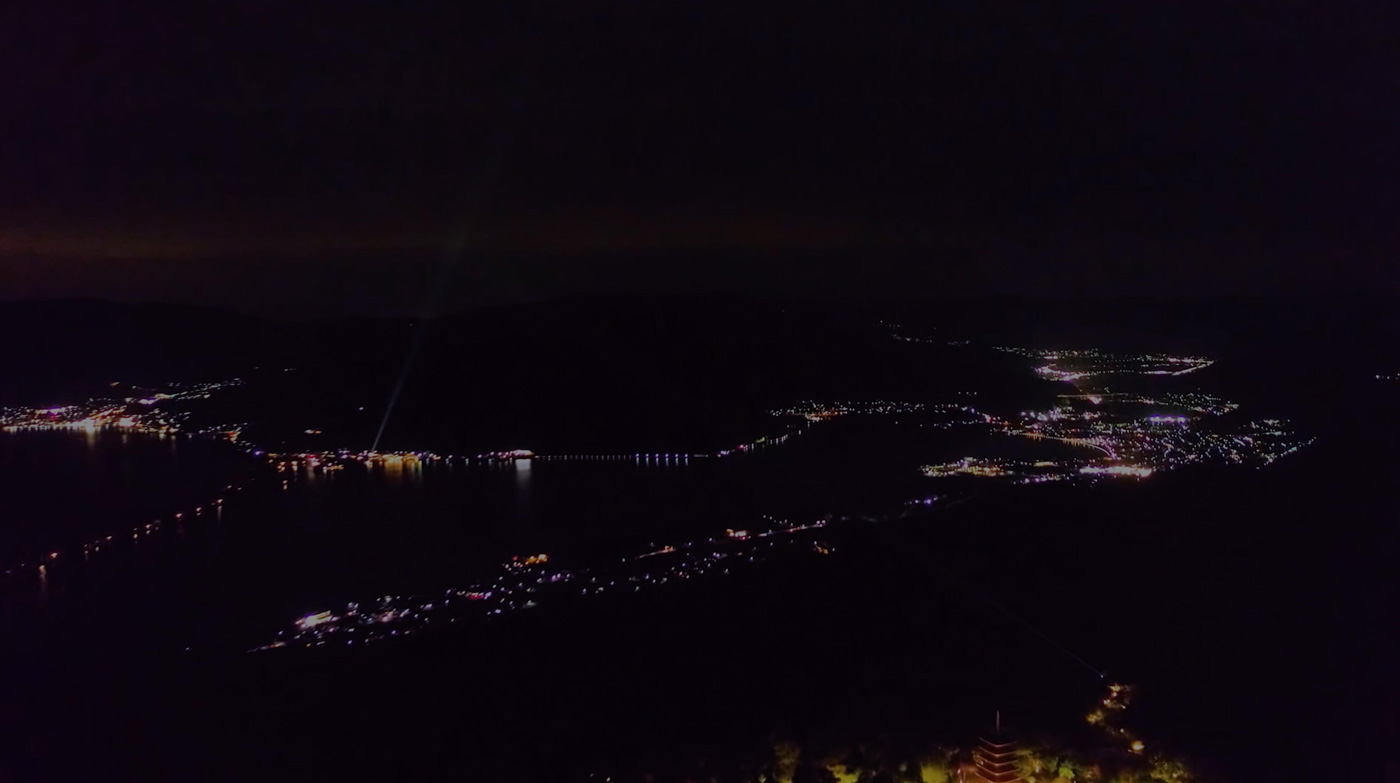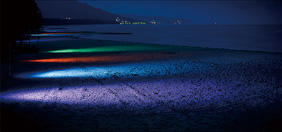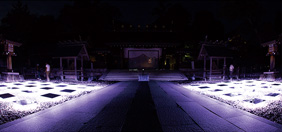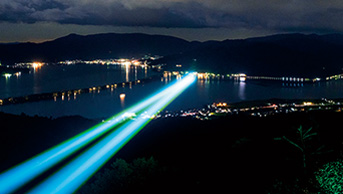2019年7月13日[土]〜11月10日[日]
Kyoto Prefecture creates new opportunities for visitors to explore local culture, by promoting multiple projects that increase tourism and stimulate the local economy. One such project, the digital art project, “Artspace of the Light.” Combining high-technology and local culture, this project is a digital art space woven into some of the country’s most famous cultural heritage locations, themselves set among wondrous natural landscapes. In 2019, Amanohashidate, one of Japan’s “three most scenic spots,” featured such a project called “The way goes from ancient to the future,” which used light, moving image, and sound to create a fantastical experience.
Kyoto Prefecture creates new opportunities for visitors to explore local culture, by promoting multiple projects that increase tourism and stimulate the local economy. One such project, the digital art project, “Artspace of the Light.” Combining high-technology and local culture, this project is a digital art space woven into some of the country’s most famous cultural heritage locations, themselves set among wondrous natural landscapes. In 2019, Amanohashidate, one of Japan’s “three most scenic spots,” featured such a project called “The way goes from ancient to the future,” which used light, moving image, and sound to create a fantastical experience.
 SCROLL
SCROLL
天橋立公園内
Light and Sound
会期:7月13日 [土] 〜 9月30日 [月] 19:00 〜 22:30
For centuries, Amanohashidate has been known as one of the “Three Most Scenic Views of Japan.” The uniqueness of the sand spit has inspired human beings since ancient times, and is the subject of many mythical stories. On this special occasion, sound artist Marihiko Hara who worked on the texture / the silence of the soundscape, and lighting designer Shiho Nagamachi who created the light arrangements in the environments, turned the Amanohashidate beach into a dream-like atmosphere of sound and light.
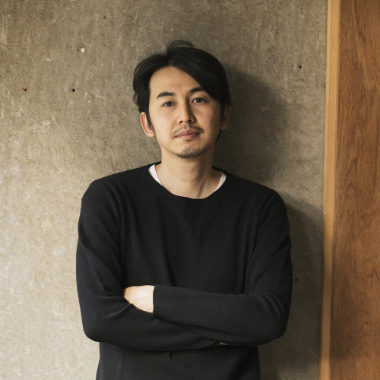
Musician Marihiko Hara
Graduated from the Department of Education, Kyoto University. His main interest is to compose serene silence in music and to pursue his own texture of sounds, through electric/acoustic sounds and field recordings. He released the album “Landscape in Portrait” in 2017, mixing melodic piano and electric abstract sounds. He produces music for theatre performances and collaborates with people involved in many fields, such as Ryuichi Sakamoto, “Vessel” by Damien Jalet and Kohei Nawa, Hideki Noda’s plays, Paris Fashion Week and Kabuki Theatre.
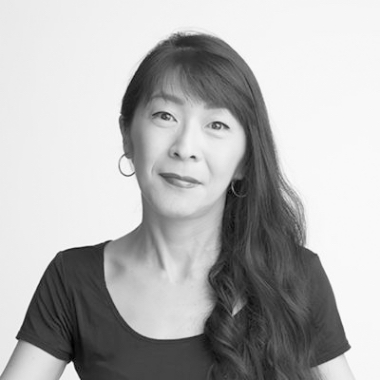
Lighting Designer Shiho Nagamachi
Graduated from Kyoto Institute of Technology, visiting professor at Kyoto University of Art and Design, part-time lecturer at Osaka University. She practices a variety of projects such as urban planning night scene design in public space, lighting plan for architecture and landscape, tourism town development with light at the core, public light art, and production of lighting brand. Recent works “Kobe City Meriken Park” “Mizuki Shigeru Road” “Kusatsugawa Park” “Dojima Bridge Light Up” “Nusamaibashi Light Up” “Nagato Town Development” “INAKA Illumi Ohnan” Other
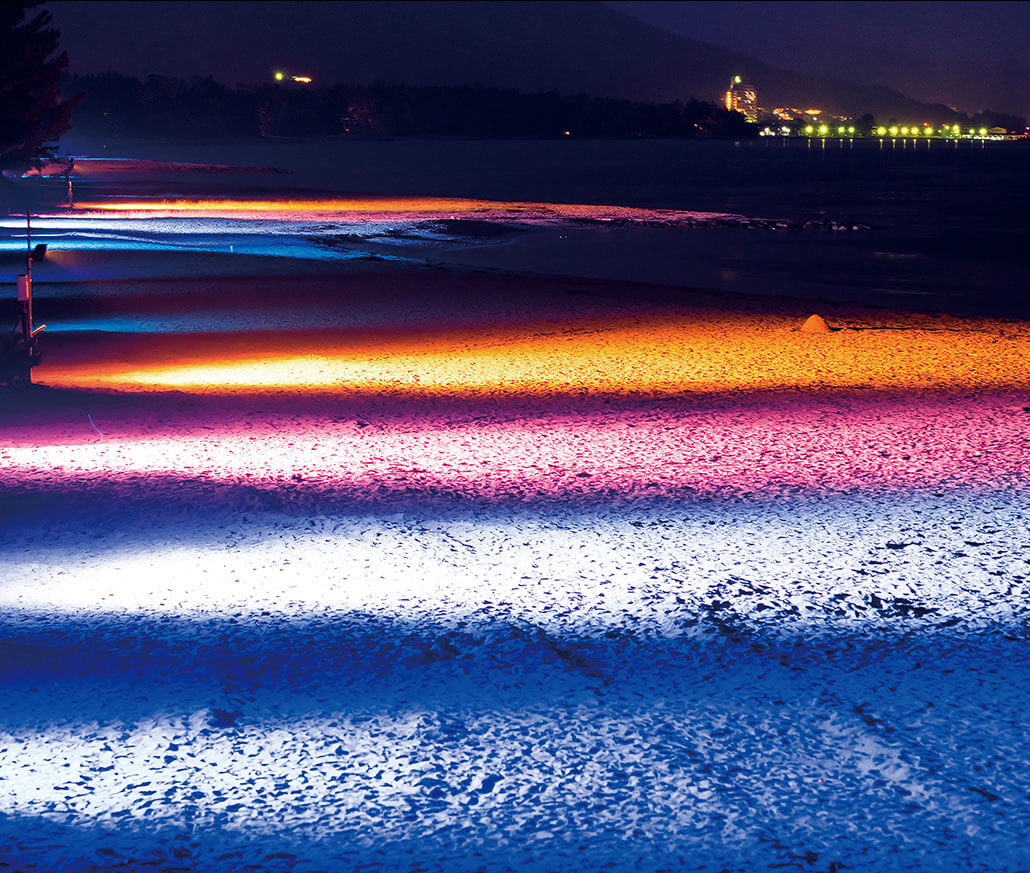
天橋立公園内
Light and Sound
会期:7月13日 [土] 〜 9月30日 [月] 19:00 〜 22:30
For centuries, Amanohashidate has been known as one of the “Three Most Scenic Views of Japan.” The uniqueness of the sand spit has inspired human beings since ancient times, and is the subject of many mythical stories. On this special occasion, sound artist Marihiko Hara who worked on the texture / the silence of the soundscape, and lighting designer Shiho Nagamachi who created the light arrangements in the environments, turned the Amanohashidate beach into a dream-like atmosphere of sound and light.
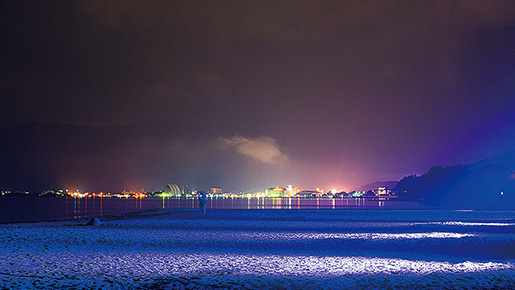
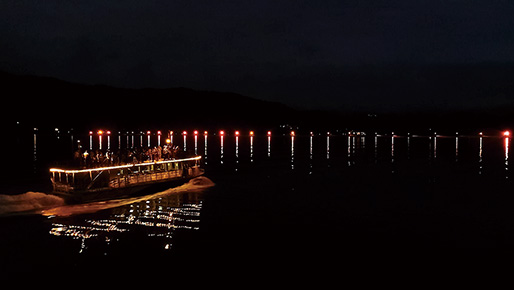



Musician Marihiko Hara
Graduated from the Department of Education, Kyoto University. His main interest is to compose serene silence in music and to pursue his own texture of sounds, through electric/acoustic sounds and field recordings. He released the album “Landscape in Portrait” in 2017, mixing melodic piano and electric abstract sounds. He produces music for theatre performances and collaborates with people involved in many fields, such as Ryuichi Sakamoto, “Vessel” by Damien Jalet and Kohei Nawa, Hideki Noda’s plays, Paris Fashion Week and Kabuki Theatre.

Lighting Designer Shiho Nagamachi
Graduated from Kyoto Institute of Technology, visiting professor at Kyoto University of Art and Design, part-time lecturer at Osaka University. She practices a variety of projects such as urban planning night scene design in public space, lighting plan for architecture and landscape, tourism town development with light at the core, public light art, and production of lighting brand. Recent works “Kobe City Meriken Park” “Mizuki Shigeru Road” “Kusatsugawa Park” “Dojima Bridge Light Up” “Nusamaibashi Light Up” “Nagato Town Development” “INAKA Illumi Ohnan” Other
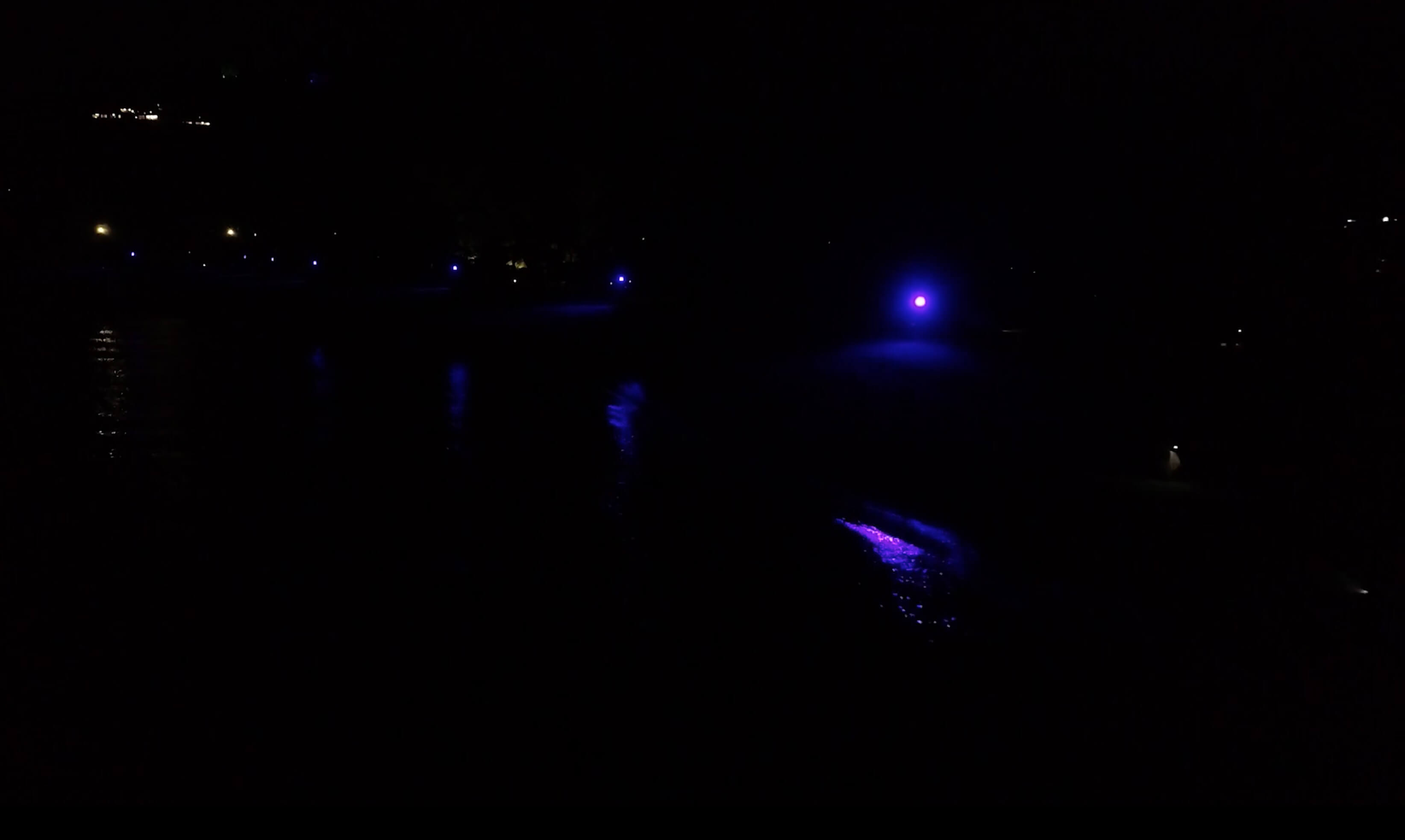
元伊勢 籠神社
Exhibition and Live Performance
9月13日[金]~11月4日[月・祝] 18:00~21:00
※ 金・土・日・祝日のみ公開(10月21日[月]は臨時公開)
According to legend, Amanohashidate is the place where the country of Japan was born. In the legend, light plays an important role. In “The way goes from ancient to the future”, this story indicated that the “light” of Amanohashidate exists as a symbol of hope, even though it is not visible to us. The internationally known media artists Hiroaki Umeda and NONOTAK represented artworks called “The Light Path” and “The Sea of the Lights” at the approach to Motoise Kono Shrine, one of Amanohashidate’s sacred places. The approach to the shrine and the gate was used as a stage. NONOTAK showed a special live performance and moshimoss created a layered ambient atmosphere through lyrical and nostalgic soundscapes.

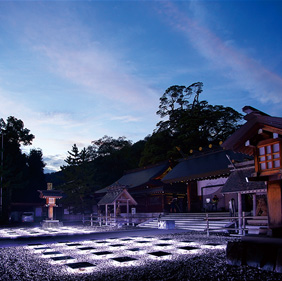
According to legend, Amanohashidate is the place where the country of Japan was born. In the legend, light plays an important role. In “The way goes from ancient to the future”, this story indicated that the “light” of Amanohashidate exists as a symbol of hope, even though it is not visible to us. The internationally known media artists Hiroaki Umeda and NONOTAK represented artworks called “The Light Path” and “The Sea of the Lights” at the approach to Motoise Kono Shrine, one of Amanohashidate’s sacred places. The approach to the shrine and the gate was used as a stage. NONOTAK showed a special live performance and moshimoss created a layered ambient atmosphere through lyrical and nostalgic soundscapes.
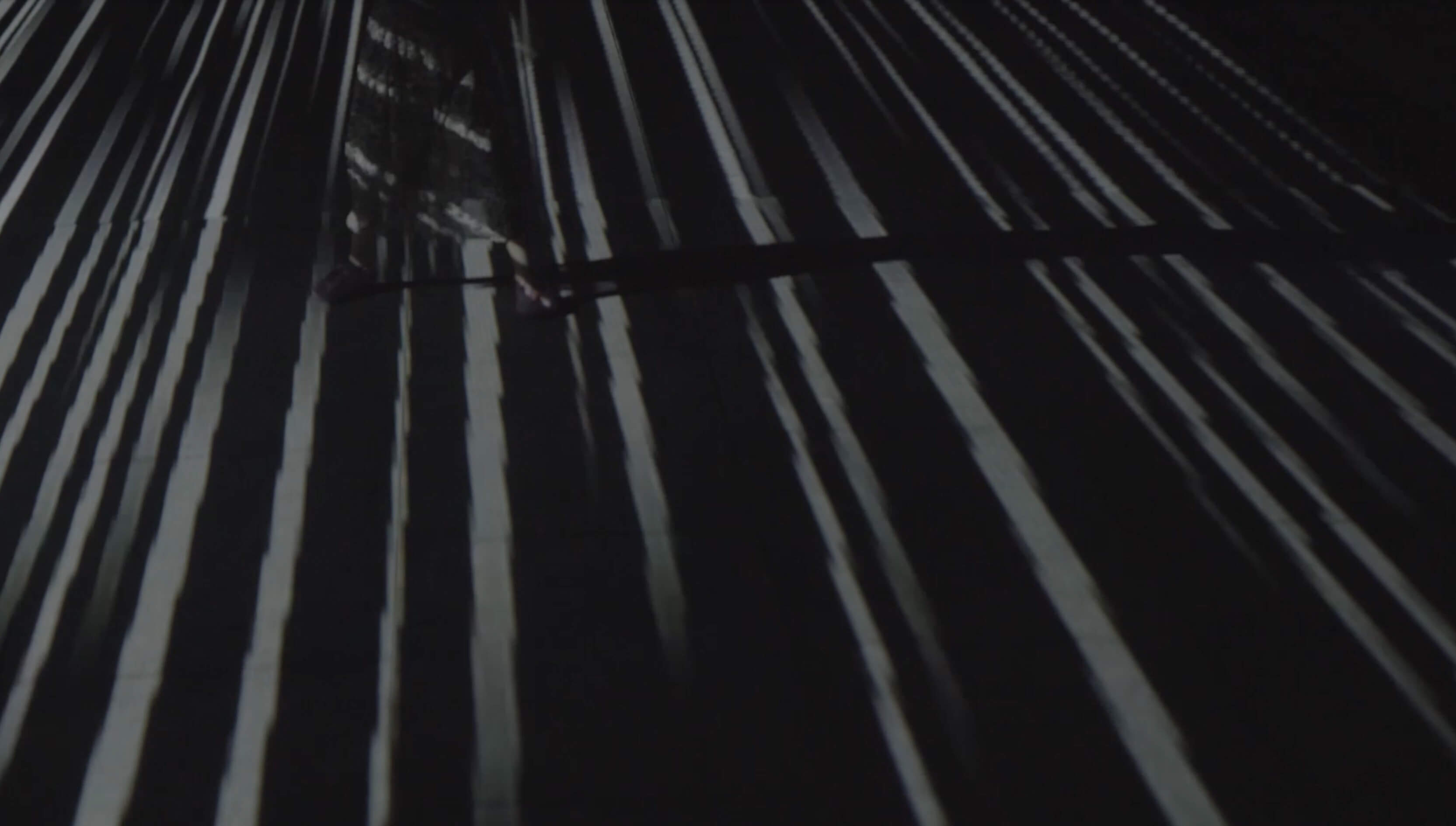
9/13[金]-10/14日[月・祝]
映像インスタレーション作品、作品展示協力=株式会社シーマ
「線」を基調とした様々な動きと早さ、
パターンの光をプロジェクターで参道に投影し、「光のみち」を現出させる。
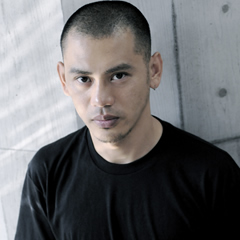
Installation Hiroaki Umeda
*Exhibition only.
Since 2002, Hiroaki Umeda's choreographic works have been invited around the world including Chaillot National Theater in Paris, with performances in over 150 cities in 40 countries. His works go beyond dance and choreography, encompassing sound, video and lighting design. The works have been performed not only in the field of dance, but also of technology and electronic music around the world including MUTEK Montreal. In recent years, he also creates visual installations focusing on physical sensation. In 2018 his video installation was presented at 21_21 DESIGH SIGHT's exhibition “AUDIO ARCHITECTURE”. Fulldome installation «Intensional Particle Dome Installation» has also been presented in festivals around the world, and received awards at Fulldome Festival in Germany and Macon Film Festival in the US.
Photo : Shin Yamagata
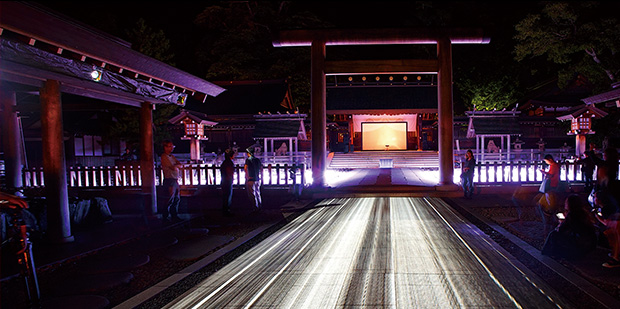
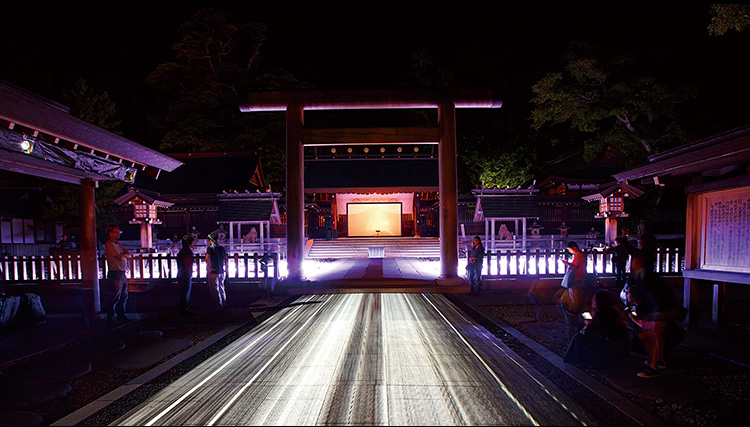
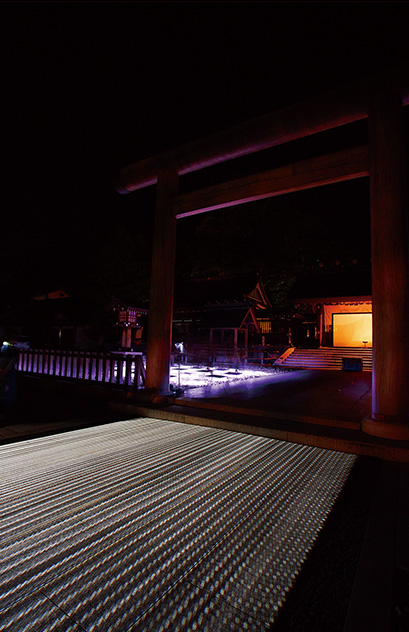

Installation Hiroaki Umeda
Since 2002, Hiroaki Umeda's choreographic works have been invited around the world including Chaillot National Theater in Paris, with performances in over 150 cities in 40 countries. His works go beyond dance and choreography, encompassing sound, video and lighting design. The works have been performed not only in the field of dance, but also of technology and electronic music around the world including MUTEK Montreal. In recent years, he also creates visual installations focusing on physical sensation. In 2018 his video installation was presented at 21_21 DESIGH SIGHT's exhibition “AUDIO ARCHITECTURE”. Fulldome installation «Intensional Particle Dome Installation» has also been presented in festivals around the world, and received awards at Fulldome Festival in Germany and Macon Film Festival in the US.
Since 2002, Hiroaki Umeda's choreographic works have been invited around the world including Chaillot National Theater in Paris, with performances in over 150 cities in 40 countries. His works go beyond dance and choreography, encompassing sound, video and lighting design. The works have been performed not only in the field of dance, but also of technology and electronic music around the world including MUTEK Montreal. In recent years, he also creates visual installations focusing on physical sensation. In 2018 his video installation was presented at 21_21 DESIGH SIGHT's exhibition “AUDIO ARCHITECTURE”. Fulldome installation «Intensional Particle Dome Installation» has also been presented in festivals around the world, and received awards at Fulldome Festival in Germany and Macon Film Festival in the US.
Photo : Shin Yamagata
9/27[金]-11/4[月・祝]
光と音によるインスタレーション
作品展示協力=ライティングルーツファクトリー株式会社/リバーフューズ合同会社/night cruising
等間隔に配列したLEDパネルの光が様々なパターンと動きで発光し、連動する音とともに「光の海」を現出させる。

Installation & Live performance NONOTAK
*Exhibition and live performance.
NONOTAK studio is the collaboration between the illustrator Noemi Schipfer and the architect musician Takami Nakamoto. Commissioned by the Architect Bigoni-Mortemard to create a mural in the lobby of a public housing building in Paris, NONOTAK was created in late 2011. In early 2013, they start to work on light and sound installations, creating an ethereal, immersive and dreamlike environment meant to envelope the viewer, capitalizing on Takami Nakamoto’s approach of space & sound, and Noemi Schipfer’s experience in kinetic visual. They presented their first audiovisual installation at the Mapping Festival in may 2013. In summer 2013, NONOTAK come up with a performance, LATE SPECULATION, where they are the creators and contents of the project. Their work have been exhibited at institutions and galleries all over the world.

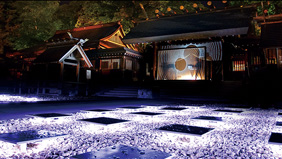

Installation & Live performance NONOTAK
*Exhibition and live performance.
NONOTAK studio is the collaboration between the illustrator Noemi Schipfer and the architect musician Takami Nakamoto. Commissioned by the Architect Bigoni-Mortemard to create a mural in the lobby of a public housing building in Paris, NONOTAK was created in late 2011. In early 2013, they start to work on light and sound installations, creating an ethereal, immersive and dreamlike environment meant to envelope the viewer, capitalizing on Takami Nakamoto’s approach of space & sound, and Noemi Schipfer’s experience in kinetic visual. They presented their first audiovisual installation at the Mapping Festival in may 2013. In summer 2013, NONOTAK come up with a performance, LATE SPECULATION, where they are the creators and contents of the project. Their work have been exhibited at institutions and galleries all over the world.
ライブパフォーマンス

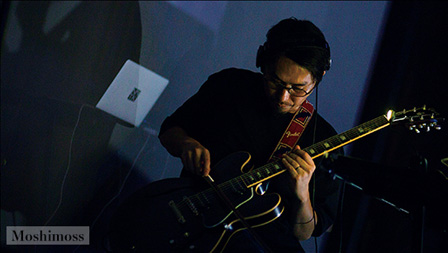



Live performance Moshimoss
*Live performance appearance only.
Previously known as Kosuke Anamizu (creating minimal house and dub with labels Traum Schallplatten in Germany, and Mule Electronic in Japan), Moshimoss now works internationally to create deep ephemeral soundscape works. Moshimoss does not perform in lives so much, but has previously appeared in several music festivals, such as Fuji Rock Festival, EMAF TOKYO, and Natural High 2015. kosukeanamizu.com
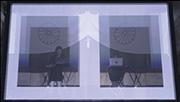

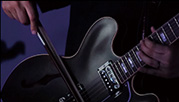
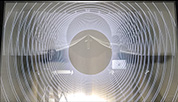
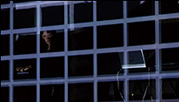
成相寺-智恩寺
Special Event
Work of Seiichi Saito | Rhizomatiks Architecture
JIKU #003 AMANOHASHIDATE
11月9日[土] 〜 11月10日[日] 17:20 〜 21:00
A site-specific artwork series, “JIKU” explores the hidden axis within places, using light and sound to illuminate the invisible. By connecting Nariai-ji Temple and Chion-ji Temple—located on opposite sides of Amanohashidate—with light, the artist Seiichi SAITO depicted the origin of Amanohashidate. There are several Japanese myths, and in one of these, Amanohashidate was created by two gods, Izanagi and Izanami, after stirring the tides with a giant spear called Amenonuhoko. The artwork used two light conversations to show the relationship between two elements, such as the sky and the earth, and the two stories about Nariai-ji Temple and Chion-ji Temple.

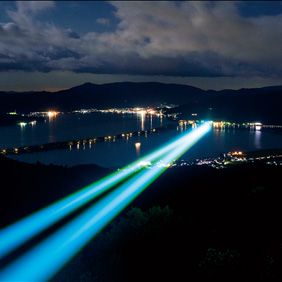
成相寺-智恩寺
Special Event
Work of Seiichi Saito | Rhizomatiks Architecture
JIKU #003 AMANOHASHIDATE
11月9日[土] 〜 11月10日[日] 17:20 〜 21:00
A site-specific artwork series, “JIKU” explores the hidden axis within places, using light and sound to illuminate the invisible. By connecting Nariai-ji Temple and Chion-ji Temple—located on opposite sides of Amanohashidate—with light, the artist Seiichi SAITO depicted the origin of Amanohashidate. There are several Japanese myths, and in one of these, Amanohashidate was created by two gods, Izanagi and Izanami, after stirring the tides with a giant spear called Amenonuhoko. The artwork used two light conversations to show the relationship between two elements, such as the sky and the earth, and the two stories about Nariai-ji Temple and Chion-ji Temple.
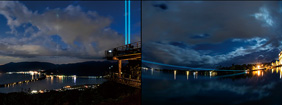

Rhizomatiks Architecture Director Seiichi SAITO
Born in Kanagawa in 1975, Mr. Saito began his career in New York in 2000 after graduating from Columbia University with a Master of Science degree in Advanced Architectural Design (MSAAD). Since then, he has been active in creative work at the ArnellGroup, and returned to Japan upon being selected for the Echigo-Tsumari Art Triennial event. He produces works in the commercial art field which are three- dimensional and interactive while also being based on the firm grounding in logical thought that he cultivated through architecture. Mr. Saito has won numerous international awards since 2009. Launched Rhizomatiks Co.,Ltd. in 2006. Since 2016, he serves as director of Rhizomatiks Architecture. Milan Expo Japan pavilion theatre space director 2015. Vice Chairman of Good Design Award 2018-19. Creative Adviser of 2020 Dubai Expo Japan pavilion.
